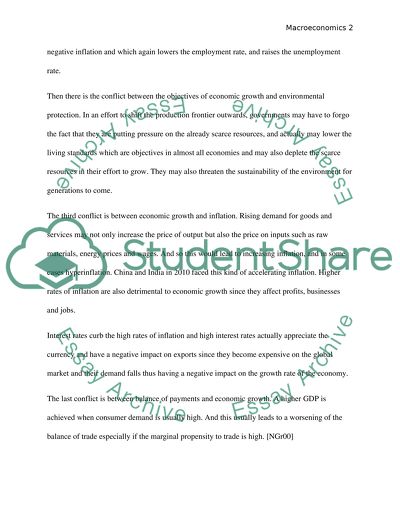Cite this document
(“Coursework Example | Topics and Well Written Essays - 1250 words - 3”, n.d.)
Retrieved from https://studentshare.org/other/1400844-coursework
Retrieved from https://studentshare.org/other/1400844-coursework
(Coursework Example | Topics and Well Written Essays - 1250 Words - 3)
https://studentshare.org/other/1400844-coursework.
https://studentshare.org/other/1400844-coursework.
“Coursework Example | Topics and Well Written Essays - 1250 Words - 3”, n.d. https://studentshare.org/other/1400844-coursework.


